
Masamichi Noro was born January 21, 1935 in Aomori, Japan. One of the characteristics of his early years is the musical universe that surrounded him, and which strongly influenced his sensibility. His education destined him to be a medical doctor, but one encounter re-directed the course of his life toward the martial arts, irrevocably. In 1955, while pursuing university studies, his uncle arranged for him to be presented to a famous master of Ju-jitsu, Morihei Ueshiba, the kaiso 開祖 (founder) of Aikido.
This event proved to be decisive and that same day he decided to renounce his plans in order to become uchi deshi, an internal student of this master. His training, in the ancient manner, took place night and day at the master’s side. In this way, from 1955 to 1961, Masamichi Noro followedO-sensei Ueshiba from Tokyo to Iwama where he had his private dojo. At this time, 5 uchi deshi (including Yasuo Kobayashi sensei and Nobuyoshi Tamura sensei) encircled the founder of Aikido, and from this breeding ground sprung the generation which would form a great part of Aïkido worldwide.
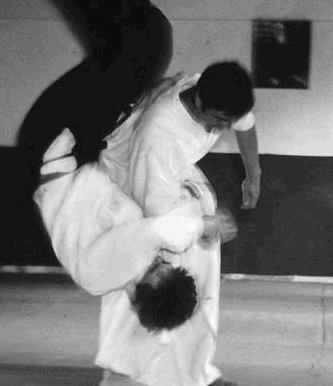
In 1961, O-sensei wished to send an expert to Europe and entrusted his disciple Masamichi Noro sensei, who by that time had received the 6th dan, the responsibility of supporting the enthusiasm and training of the European and African practitioners. So, he was pushed by O-sensei to embark toward the West with the title "Official Delegate for Europe and Africa".It has been noted that from this time, he renounced all dan above the 6th that had been given to him by his master. He followed the sea route of the time, passing the Suez Canal and the Pyramids to land at Marseille on September 3, 1961.
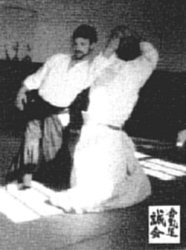
The beginning was difficult. The art was new and the way of teaching it was very different from the way it was taught in his master’s dojo. Everything had to be constructed, understood and made accessible to the western body and mind. Masamichi Noro sensei deployed his initial energy in southeastern France and in Italy where Judo teachers had invited him to enrich the understanding of their students. The spirit was one of mutual assistance and pleasure in the study, following the wishes of Jigoro Kano sensei, the kaiso 開祖, of Judo. Then he was invited to Belgium. He opened his first dojo there. In ploughing these new lands for the budōs he opened more than 200 dojos, as many in Europe as in Africa, flying from Sweden to Senegal.
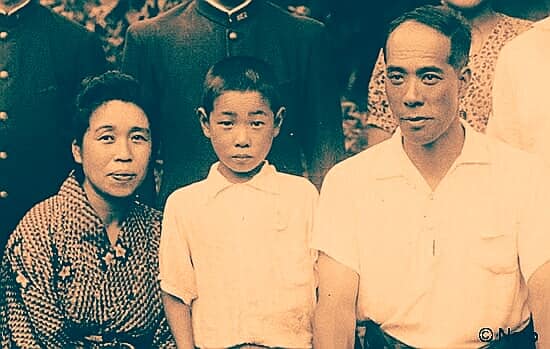
This was a time of pioneers. Mutsuro Nakazono sensei and Nobuyoshi Tamura sensei joined him in 1963 and 1964, respectively. The task was immense, the success exemplary. In 1964, Masamichi Noro sensei established his base in Paris and opened a succession of dojos which left their imprint within the heart of the French aikidokas : at the Gare du Nord, rue de Constance, rue des Petits Hôtels. In the Parisian melting pot, Masamichi Noro sensei met Taisen Deshimaru, Karlfried Graf Dürckheim, Marie-Thérèse Foix, Gisèle de Noiret and Docteur Lily Ehrenfried. He opened himself to new ideas, to original perspectives, to occidental techniques.
In 1979, after a discussion with Nidai Doshu Kisshomaru Ueshiba, the son of the kaiso 開祖, of Aikido, Masamichi Noro sensei created Kinomichi in order to further extend his quest. There followed a new succession of Parisian dojos dedicated to the study of Kinomichi : rue Logelbach, boulevard de Strasbourg, boulevard des Batignolles. After an inevitable period of adjustments and intense research, the links between Kinomichi and Aikido developed and deepened.

In 1995, at the time of the 20th anniversary of Aikido in Germany and at the invitation of his friend Katsuaki Asai sensei, 8th dan Aïkikaï and pioneer of Aikido in Germany, he presented Kinomichi before a gathering of the greatest masters of Aikido, including the Doshu. From 1996, he made frequent visits to the Aikikai Foundation in Tokyo and, of course, to Nidai Doshu Kishomaru Ueshiba, the son of Aikido’s Kaiso 開祖,. In 2001, he obtained recognition from the ministry of youth and sports (Ministère de la Jeunesse et des Sports) of Kinomichi as an official sporting discipline.

In 2004, he participated in the events celebrating the 20th anniversary of the Fédération française d'aïkido, aïkibudo et affinitaires, FFAAA, which welcomed the Sandai Doshu Moriteru Ueshiba, representative of the Centre Mondial de l’Aïkido in Tokyo. Masamichi Noro sensei, Nobuyoshi Tamura sensei and Christian Tissier sensei were notably present to receive the delegation from the Hombu Dojo of Tokyo. They were among 3000 practitioners from all of France as well as numerous European countries. April 8, 2005, he was invited with Christian Tissier sensei to participate in a workshop organized by the association Hakki for the benefit of the 220,000 victims of the tsunami of December 26, 2004. In 2007, at the initiative of the FFAAA, he welcomed into his Parisian dojo Japanese masters, including Isoyama sensei.
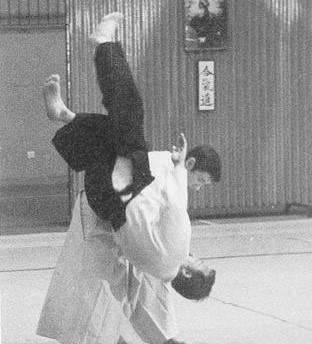
Since its creation, Kinomichi has known 3 phases and Masamichi Noro sensei continues to tell his students that his art is ever evolving. The 1980s were characterized by focusing the work on sensitivity, on a correct and relaxed posture, and on the body as an instrument of perception of the self, others and the world. The 90s accented the orientation of the ki and organized the movement to initiate from the ground. 2000 opened onto a period where the technical richness was to be studied in different degrees of speed, difficulty and freedom. Each level is seen not as inferior to the one that follows but like a pathway to that which comes next, like a call to advance. Masamichi Noro sensei accents the heart, shin 心, in particular. To date, he has created access to his art through the work on the breath, ki 気. He demands, at the highest level, that the ki be oriented by the shin, the breath by the heart and that it should be closely bound to technical expertise. Masamichi Noro sensei deploys his energy to create a discipline that opens onto his becoming, following the example of his own master. O-sensei never ceased transforming his art, to the point of having given his art 7 different names, like so many milestones along the Way. In this manner, Masamichi Noro sensei takes to heart the etymology of dojo 道場, the house where one studies the Way, Do 道 in Japanese and Tao in Chinese.

Successor and descendants
Following the death of Noro Masamichi sensei, his son Noro Takeharu sensei continues the teaching of Kinomichi according to his father's wish. In Germany, the Aikido of Asai Katsuaki sensei, 8th dan Aikikai, maintains a strong influence of the art of Noro Masamichi sensei. Many Aikido experts like to quote Noro Masamichi sensei as their master or one of their masters including myself, I was graded to shodan by Noro sensei.
Michel Bécart senseï 7th dan
Raymond Bisch senseï 6th dan
Daniel Martin senseï 6th dan
Bernard Palmier senseï 7th dan
William Coyle sensei 6th dan
Daniel Toutain senseï 6th dan
Nguyen Thanh Thien sensei, a student of Noro Masamichi sensei, has created the Ringenkai Aikido as an offspring Noro Masamichi sensei's teaching.
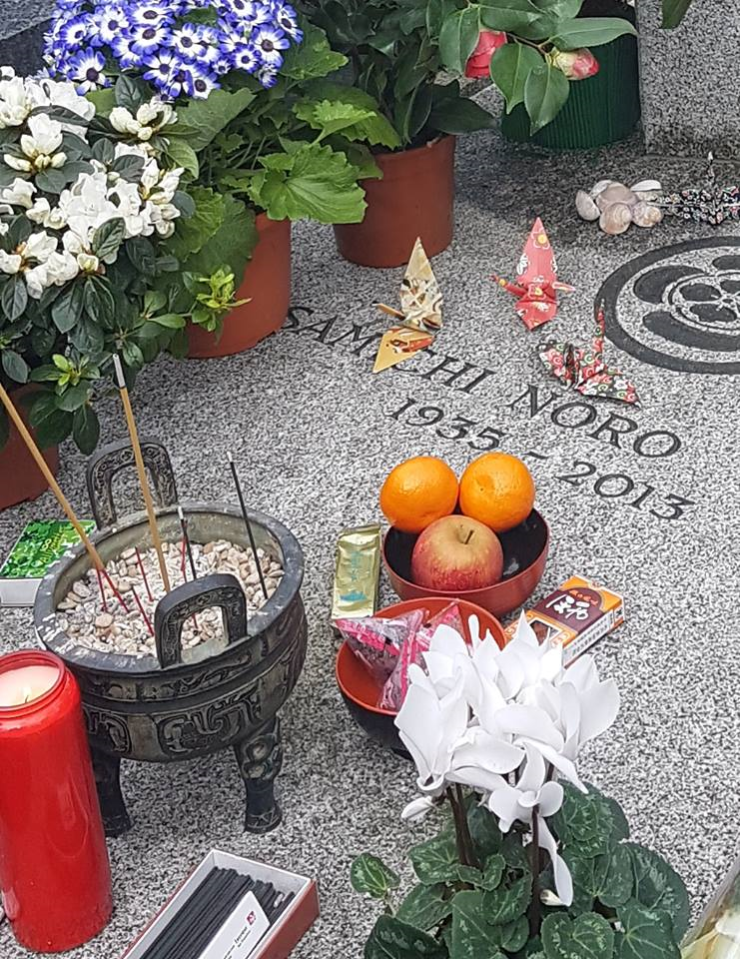
The KIIA, an independent group, brings together former students of Noro Masamichi sensei (FFAAA technical committee : Christian Bleyer, Jean Pierre Cortier, Lucien Forni, Françoise Paumard, Martine Pillet, Hubert Thomas, Françoise Weidmann). DNBK, Dai Nippon Butoku General Kai Corporation, has certified Noro
Masamichi sensei's followers as Shihan Aikido Hanshi :
Jean Pierre Cortier Sensei, 8th dan
Lucien Forni Sensei, 8th dan
Hubert Thomas Sensei, 8th dan
